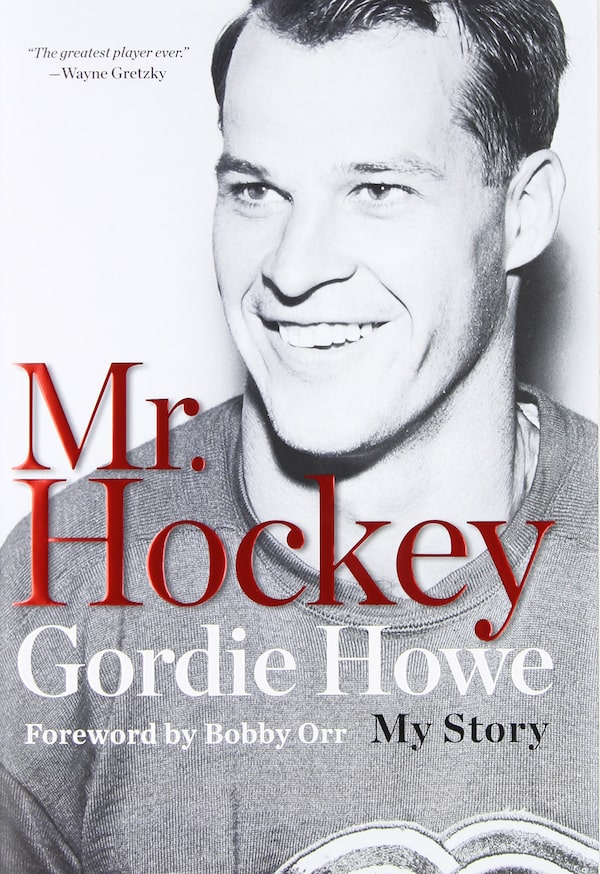
Warm water lapping the beach on a hot day may not immediately bring to mind hockey, but this 2014 autobiography is a breezy read.
The book, written two years before his death and based on previously published Howe stories, stands as the definitive work of the iconic athlete.
The draw here is revisiting a Canada now lodged only in distant memory. There is Gordie as a boy, during the Depression in Saskatoon. Three blocks away from the family home was a slough, four miles long, where he would skate forever. There are letters, written when he was a young pro, to Colleen, who would become his wife of more than 50 years. On the ice – no helmets – there was the glory of the game, all the goals and Stanley Cups and Howe’s epic three-decade-plus career.
There is also the violence. Howe, who suffered dementia in his 80s, recalls a brutal concussion (though he does not describe it as such) in a playoff game where he crashed head-first into the boards. He was unconscious and bleeding on the ice. At the hospital, Howe’s brain swelled from internal bleeding. The neurosurgeon had to drill into his skull to relieve the pressure. Still, the harrowing story is told with Howe’s light touch. “A trephine is a medieval-looking surgical instrument that resembles a corkscrew … my most vivid memory from the 90-minute operation is hoping they’d know when to stop.”
Howe’s story is the prototype of this country’s mythology around the game, the rise from the frozen Prairies to hoisting the Stanley Cup, scoring and fighting along the way. It’s a midsummer treat for those Canadians awaiting the arrival of winter and another hockey season.